Fresh basil pesto is a breeze to make in your food processor. Enjoy in so many ways: with pasta; on pizzas and crostini or add a spoonful to soups to brighten up the flavors!
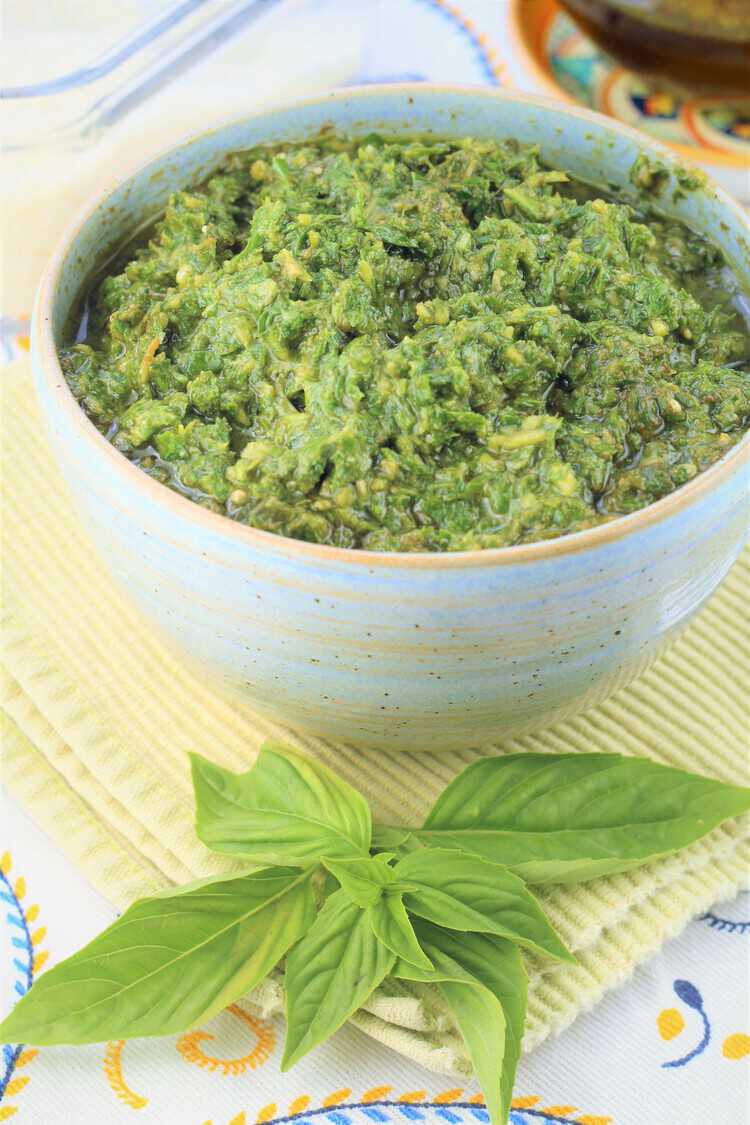
I've made my basil pesto so now I'm ready for the winter! It's interesting how basil pesto has become a yearly tradition in my home when in fact it's not something we made or ate when I was a kid. Basil was a herb that we used to place in our tomato sauce jars each September and occasionally as a garnish. I really can't remember when I first tried pesto but I have been making my own ever since I've had my own garden.
I love experimenting with different types of pesto. My latest favorite is Pistachio Pesto which is incredible on pizza! However, when it comes to basil pesto my family has always preferred a nut free version. Read on further below for suggestions on variations for making pesto.
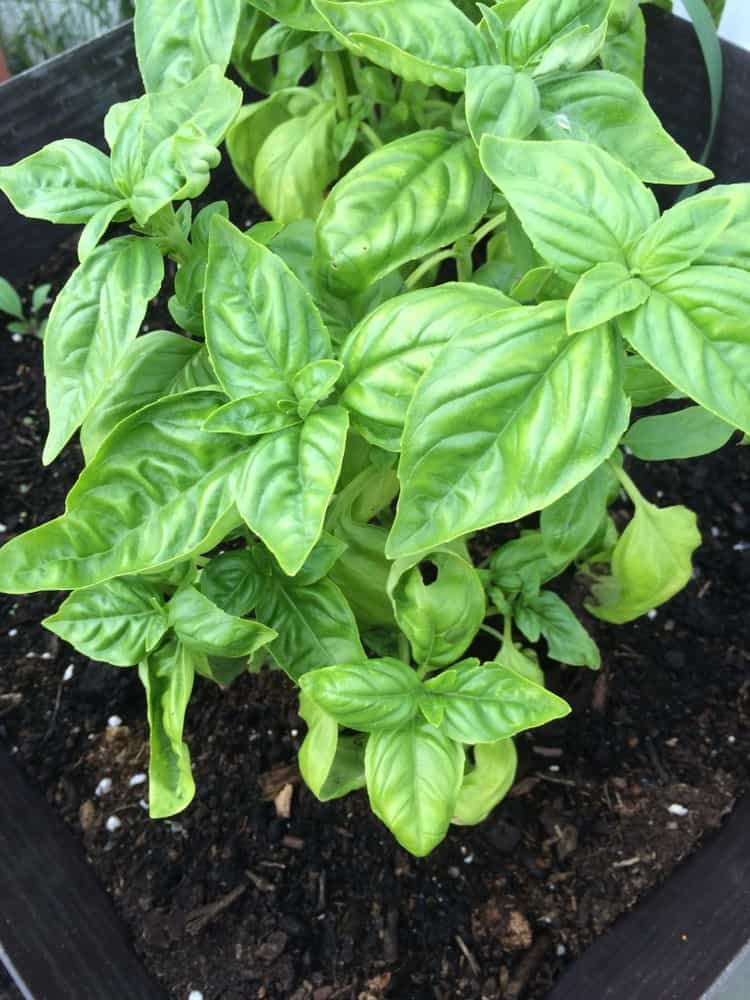
How to make basil pesto:
The lengthiest part of making pesto is washing the basil leaves. I pluck each individual basil leaf from the stem, place them in my sink and rinse numerous times transferring the leaves from one sink basin to the other until the water is clear and free of specks of dirt. I then spread the leaves on clean kitchen towels to dry.
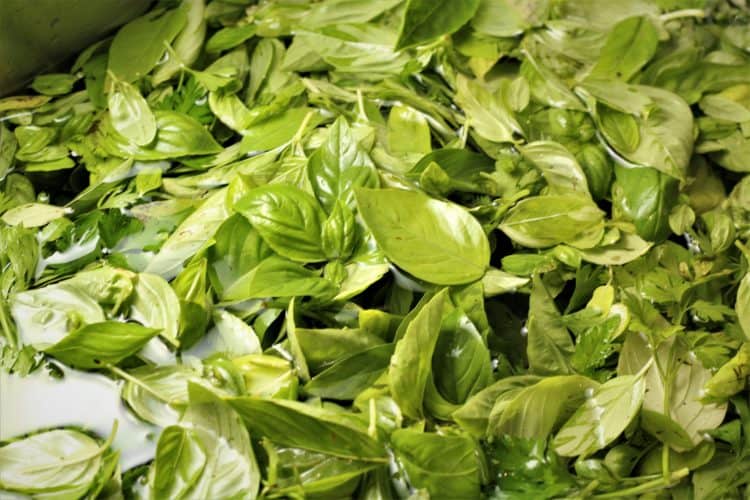 Place basil leaves; parmigiano cheese; garlic and salt in the bowl of your food processor. With the motor running slowly add olive oil from the top feeder of your food processor and blend until smooth. That's it!
Place basil leaves; parmigiano cheese; garlic and salt in the bowl of your food processor. With the motor running slowly add olive oil from the top feeder of your food processor and blend until smooth. That's it!
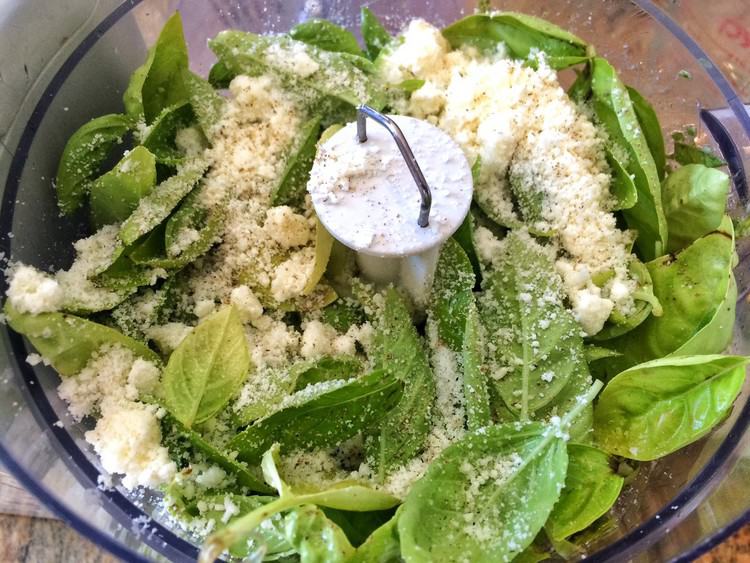
What else can I do with pesto other than serve it with pasta?
We all know that basil pesto is wonderful with pasta. Pasta with pesto has become my go-to lunch for the kids when there are no other leftovers in the fridge. I'll boil pasta for their lunch first thing in the morning and stir in a container of pesto that I've taken out of the freezer, and voilà lunch is ready!
But there are so many other ways to enjoy it!
- Stir a spoonful of pesto in soups and stews it to brighten up the flavors
- Slathered on a pizza crust instead of sauce or on crostini
- Add to salad dressings, especially in potato or pasta salads!
How to store pesto:
Pesto keeps well stored in the freezer. Place prepared pesto in ice cube trays, freeze until solid and then transfer cubes to a well sealed freezer bag. They keep well up to a year in the freezer.
I found these handy individual sealed plastic cubes to store my pesto:
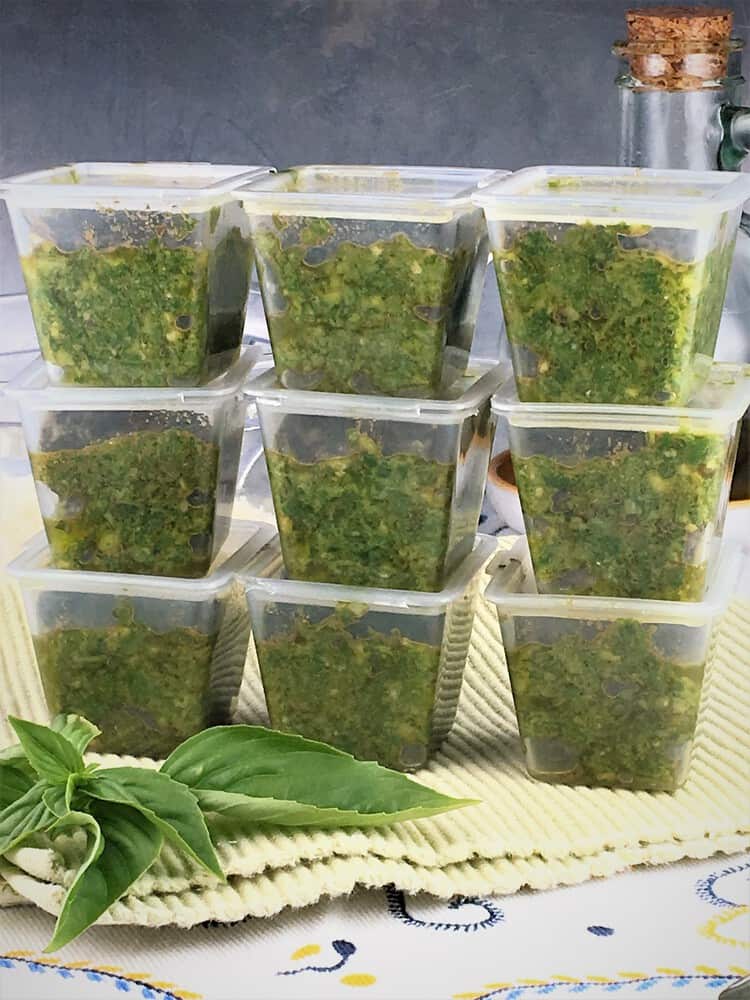
Possible variations:
Nuts are traditionally added to pesto, but my family prefers this nut free version. For some families, nuts may be an issue due to allergies. However, you can add ¼ cup of nuts to this recipe including pine nuts; almonds; walnuts or even pistachios. You may have to increase the amount of olive oil by a tablespoon or two for a smooth consistency.
Take some time to make your basil pesto now and you'll be set for the winter. You'll agree that there's nothing better than homemade pesto! Please share your pesto photos with me by tagging me with #mangiabedda or @mangiabedda on Facebook or Instagram. Buon appetito!

Basil Pesto
Ingredients
- 4 cups packed basil leaves washed and dried
- ¼ cup freshly grated parmigiano cheese
- 1 garlic clove
- pinch salt
- ¼ cup olive oil
Instructions
- Place basil; parmigiano cheese; garlic and salt in the bowl of your food processor.
- With the motor running, slowly add oil from the top feeder of your food processor. Blend until smooth.
- If you prefer a smoother or thinner consistency, you may also add an extra tablespoon or two of olive oil as needed.
Notes
- Pesto keeps well stored in the freezer. Place prepared pesto in ice cube trays, freeze until solid and then transfer cubes to a well sealed freezer bag. They keep well up to a year in the freezer.
- Serve stirred into pasta
- Stir a spoonful of pesto in soups and stews it to brighten up the flavors
- Slathered on a pizza crust instead of sauce or on crostini






Nadia Fazio
I spend a half day each summer making a large batch of this pesto to freeze. During the year I pull it out when I need it for pasta, pizza or even on polenta. Nothing better than homemade!